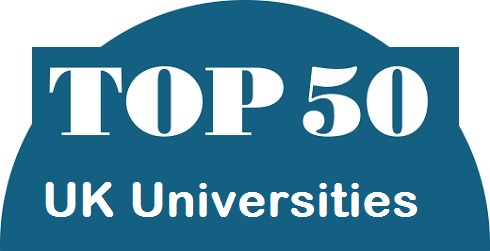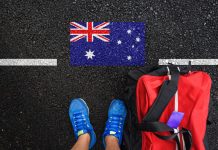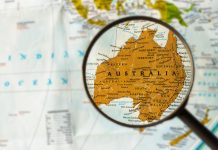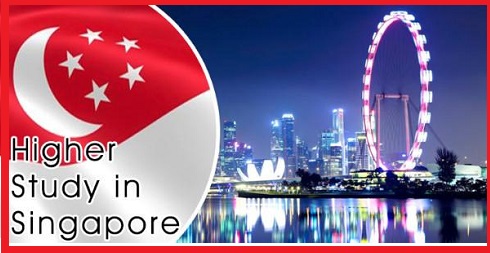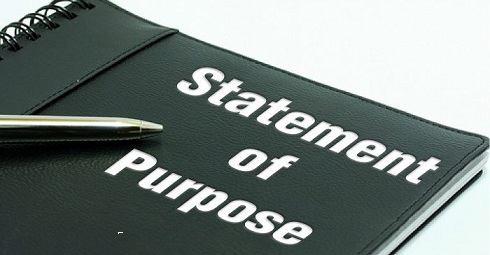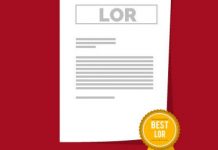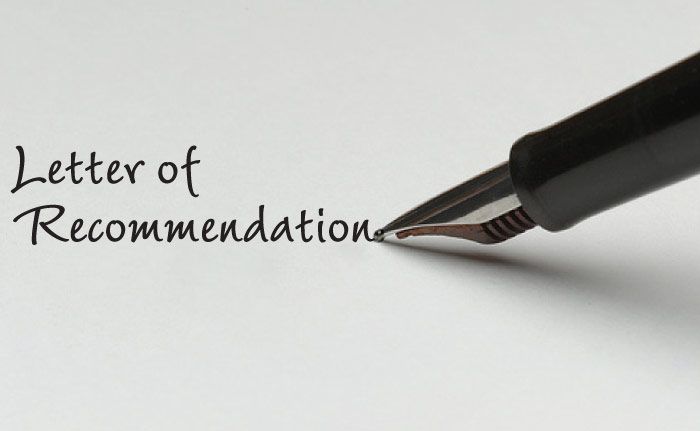Mostly, the tuition fee for Australia generally varies from courses chosen. The English Language courses cost around $300 per week while vocational Education and training diplomas could cost anywhere around $4,000 to $22,000.The undergraduate bachelor degree varies from $15,000-$33.000 while postgraduate or doctoral degrees could cost anywhere around $20,000-$37,000.
For more queries regarding “Australian Education Cost”, leave a comment below. You will get a possible solution soon.
Study in Australia
The country famous for kangaroos, surfing and koalas, but there is a lot more to Australia. With a total area of 7.69 million square kilometers, it is the 6th largest country in the world by total area and is home to more than 23 million people. It is also the only continent governed as a single country! Its rich culture and history are founded on its Aboriginal heritage and current blend of vibrant cultures. Currently, Australia is also considered as a global leader in education, which is one of the many reasons why students from around the world choose to pursue their studies there.
Why Study in Australia?
With approximately more than 22,000 courses in 1,100 institutions, a great number of fields or study areas are available, making it highly likely that you can take up your choice of degree, training or course.
The numbers above show that Australian education has the quantity and variety, but it is also worth noting that the country leads in quality. Seven out of the top 100 universities in the world can be found in Australia. Their university system also ranks 8th in the world, ahead of countries such as the UK, Germany and Japan. With these, Australia is recognized as a country that offers world-class education.
The quality of education is important, but another significant aspect of choosing a location or university is student life. Australia, in fact, houses six of the forty best student cities in the world. A survey in 2012 even revealed that 88% of international student respondents are satisfied or very satisfied with living in Australia. This is not surprising, as Australia is considered to be the fourth happiest country in the world.
Aside from these, the country and its government also make investments into international education. For example, there is more than $200,000,000 invested by the government annually for international scholarships.
With these positive features of studying in Australia, it is no wonder that it is the 3rd most popular international student destination in the world, only behind the UK and the US.
More about Australia
Before being colonized by Great Britain, indigenous peoples scattered across the country inhabited Australia. Today, the country is considered as one of the most welcoming and diverse countries. According to their government, almost half of their population were either born overseas or have at least one parent who was born overseas. This contributes to the fact that there are more than 260 languages spoken in homes across Australia aside from English, such as Arabic, Italian and Mandarin.
Aside from its diversity, the country also boasts of its economy. It has seen steady growth, even during the 2008 global financial crisis. The country, for the year 2014, has approximately more than $1.4 trillion as its GDP.
Due to its large size, the country also has diverse environments. It has more than 500 national parks and more than 2,700 conservation areas ranging from wildlife sanctuaries to Aboriginal reserves. Additionally, 17 of the UNESCO World Heritage sites are in Australia. Examples of these are the Great Barrier Reef and the Sydney Opera House.
Cost of Studying and Living in Australia
Study Expenses
*Australia uses Australian Dollar or AUD as its currency.
As it is a very popular study destination, applying for scholarships in Australia is highly competitive. If you are planning to finance your studies yourself, you should be aware of the costs associated with studying and living in this destination.
As with most other countries, the cost of education in Australia is dependent on the type and duration of your studies.
For example, English Language Courses are available at approximately $300/week. Vocational training or education on the other hand will cost you around $4,000 to $22,000. The significant difference in the range of cost is because vocational training or education usually awards Certificate Levels (from I to IV), Diplomas and Advanced Diplomas, with the cost getting higher for the latter.
Undergraduate Bachelor Degrees will have you spending $10,000 to $33,000 a year. The higher cost is associated with pursuing your degree in a private university. Studies taken in a public institution will generally cost less.
A Postgraduate Master’s Degree has an approximate cost of $20,000 to $37,000 per year, while cost for Doctoral Degrees on average range from $14,000 to $37,000. As with an undergraduate degree, private education may be a reason for higher costs.
Living Expenses
Generally, the Department of Immigration and Border Protection requires $18,610 as the minimum cost of living to issue a student visa. Your living expenses in Australia will depend highly on which region you plan to live in. For example, more urbanized areas will have higher costs for accommodation. The type of accommodation is also important. Hostels and guesthouses range from $80 to $135 a week, while shared rentals and on-campus accommodation will cost $70 to $250. More expensive options are homestay ($110 to $270 per week) and rental ($100 to $400 per week).
Aside from accommodation, your weekly expenses will most likely include groceries or eating out ($80 to $200), gas and electricity ($60 to $100), phone and internet ($20 to $50), public transport ($10 to $50) and entertainment ($50 to $100).
Working while Studying
If you are thinking about covering your expenses by working while you study in Australia, please check with the appropriate government office first, as different visas (discussed below) have different stipulations on this.
Visas
The visa you are required to obtain will depend on your nationality, age and purpose of visit. If your main purpose is to study, you will be required to obtain a student visa. The subclasses of student visas are such: Independent ELICOS, Schools, Vocational Education and Training, Higher Education, Postgraduate Research, Non-award and Foreign Affairs or Defence. Foreign visitors whose main purpose is other than studying are also allowed to study in Australia for shorter periods if they have one of the following visas: Visitor Visa, Working Holiday Visa or Student Guardian Visa.
Each individual has a different case, and as such, requirements and processes vary for everyone. You are recommended to read more about visas here: http://www.immi.gov.au/students/students/chooser/
Language
Despite having numerous languages spoken in Australian homes as mentioned earlier, the majority of the country speaks English. Although the country has no declared “official language”, English is widely considered as the national language. Australian English has a distinct accent and vocabulary as compared to American English.
Evidence of English language proficiency may be required for visa processing and academic application.
Cities
Sydney
As of 2013’s QS City Index, Sydney is the world’s fourth best city for students. It is the most populous city in Australia. It is a famous tourist destination for structures such as the Sydney Opera House and Sydney Harbour Bridge and destinations such as Bondi Beach and the Royal National Park. It is also home to the oldest university in Australia which is the University of Sydney.
Melbourne
Just behind Sydney is Melbourne ranked at fifth. Considered as an international center for arts, the city is recognized as a UNESCO City of Literature and is home to the National Gallery of Victoria and the Royal Exhibition Building. Melbourne also has the world’s largest tram network. The city is also known for its weather which can change drastically due to the city’s location.
Brisbane
The city of two million houses three major universities, making its student ratio one of the highest in the world. Aside from being the world’s 26th best city for students, it is famous among tourists for its proximity to the world’s most famous beaches. Brisbane is a mix of urban and outdoor lifestyles, with an active outdoor culture mixed with the city’s nightlife and culture.
Perth
The world’s 30th best student city is also Australia’s fourth largest city. A bit isolated from other Australian cities, Perth offers access to numerous natural beauties such as beaches and parkland. The city also boasts of a local world-class wine industry. In a recent list provided by the Economist Intelligence Unit, Perth was ranked 9th most liveable city in the world.
Canberra
Australia’s national capital is considered as the 37th best student city. It is home to the Australian War Memorial, Black Mountain Tower and the National Library of Australia. Other attractions include the National Gallery and the Parliament House. The city also has emerging dining scenes to complement its regional wine scene. The country’s highest ranked university, Australian National University, is also located in the capital.
Adelaide
Right next in the list at 38 is the country’s fifth largest city. It was also included in the Top 10 of the World’s Most Liveable Cities from 2010 to 2012. These citations were affirmed when the Property Council of Australia proclaimed the city as the most liveable city in Australia from 2011 to 2013. Adelaide is seen as a learning city, with the presence of not only universities and other educational institutions but research institutions as well such as Royal Institution of Australia.


